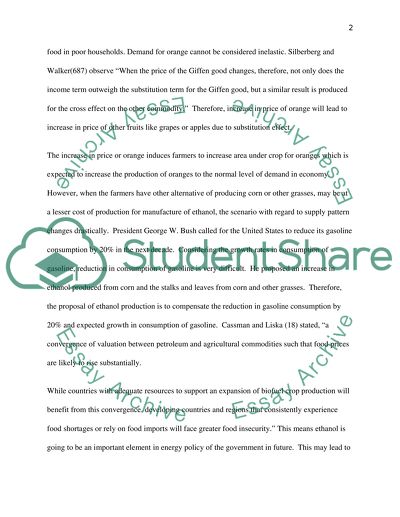Cite this document
(“Macro and Microeconomics Issues Essay Example | Topics and Well Written Essays - 2500 words - 2”, n.d.)
Retrieved from https://studentshare.org/macro-microeconomics/1617401-course-project
Retrieved from https://studentshare.org/macro-microeconomics/1617401-course-project
(Macro and Microeconomics Issues Essay Example | Topics and Well Written Essays - 2500 Words - 2)
https://studentshare.org/macro-microeconomics/1617401-course-project.
https://studentshare.org/macro-microeconomics/1617401-course-project.
“Macro and Microeconomics Issues Essay Example | Topics and Well Written Essays - 2500 Words - 2”, n.d. https://studentshare.org/macro-microeconomics/1617401-course-project.


